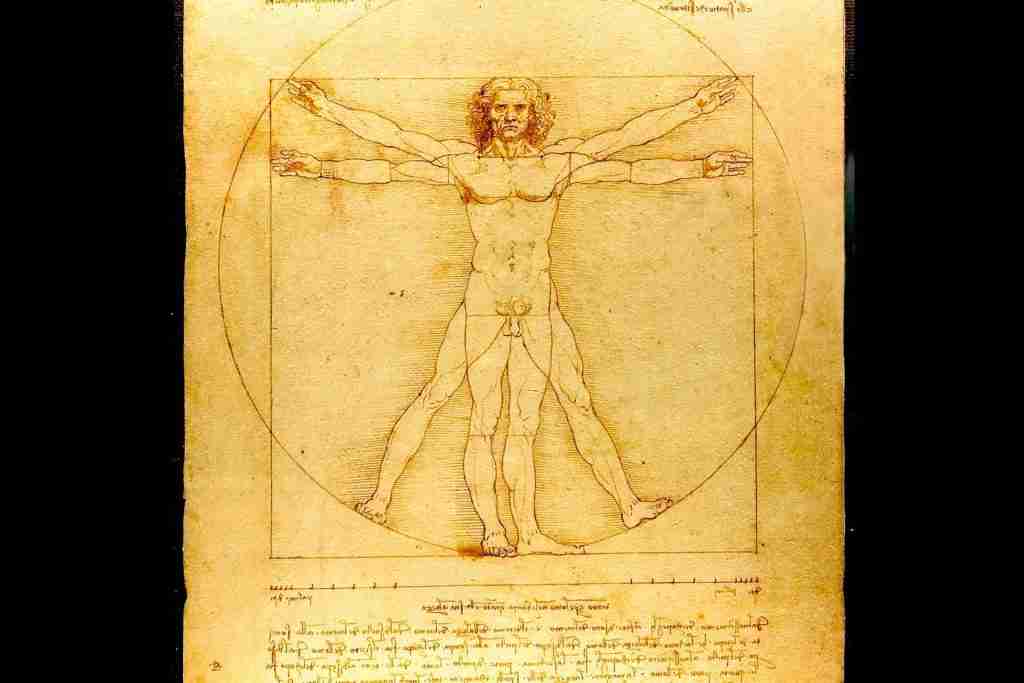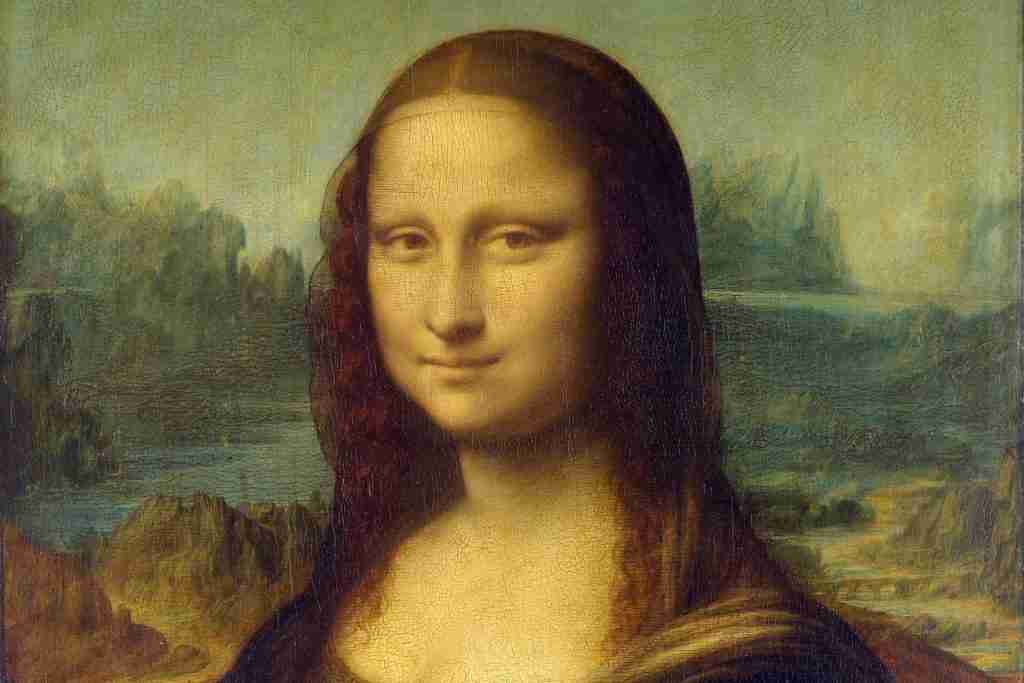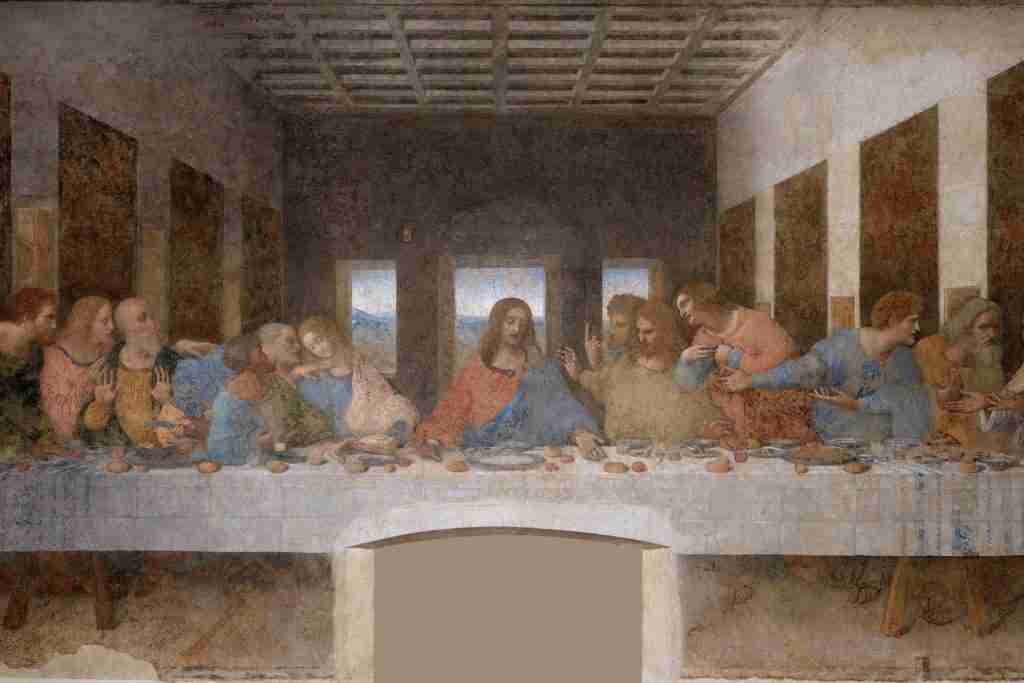Leonardo da vinci: multifaceted genius and father of revolutionary inventions. Leonardo da Vinci is one of the most enigmatic and complex figures in human history. Painter, engineer, scientist, mathematician and inventor, Leonardo is a true polymath of the Italian Renaissance. Born in 1452 in Vinci, a small town in Tuscany, Leonardo left a legacy that went far beyond the boundaries of his time and nation.
“I love those who can smile in trouble, who can gather strength from distress, and grow brave by reflection. ‘Tis the business of little minds to shrink, but they whose heart is firm, and whose conscience approves their conduct, will pursue their principles unto death.”
Leonardo da Vinci
But who was Leonardo da Vinci really and what were his most important inventions and achievements? In this article, we will explore the life and work of this universal genius, with a special focus on his most famous work: the Mona Lisa.
Leonardo da Vinci multifaceted genius: inventions and machines, a futurist ahead of his time
Leonardo da Vinci was fascinated by mechanics and the workings of machines. He designed countless devices, many of which were incredibly ahead of their time. These include the “tank,” a kind of armored vehicle equipped with cannons; the helicopter, depicted as an “aerial screw” that was supposed to lift itself off the ground by the rotary motion of its blades; and the flying machine, inspired by observing birds. Although many of these devices were never built or tested, they represent a testament to his incredible ability to imagine advanced technological solutions.

Leonardo da Vinci multifaceted genius: human anatomy a passion for knowledge
In addition to his mechanical inventions, Leonardo Da Vinci, had a deep passion for human anatomy. He performed several dissections on human cadavers to better understand the structure and functioning of the body. His anatomical sketches, including those of the vascular and muscular systems, were remarkably accurate and would have contributed significantly to modern medicine had they been published during his lifetime.
Leonardo da Vinci multifaceted genius: a master of painting
Leonardo da Vinci is perhaps best known as one of the greatest painters of all time. His most famous works, such as “The Last Supper” and “The Mona Lisa,” are universally recognized as masterpieces of Renaissance painting. Using innovative techniques such as sfumato, Leonardo was able to create effects of light and shadow that added a depth and realism never before seen in painting.
Leonardo da Vinci multifaceted genius: The Mona Lisa beyond an enigmatic smile
The Mona Lisa is perhaps Leonardo da Vinci’s most famous work, and certainly one of the most iconic in art history. Painted between 1503 and 1506, this depiction of an unknown woman has captured the imagination of millions through the centuries. But what makes the Mona Lisa so special? Besides her smile, the work is known for its extraordinary painting technique and the emotional depth that seems to emanate from the subject. The position of the body, the landscape background, and the subtle facial expression all contribute to a work of art that is both mysterious and universal.

Leonardo da Vinci multifaceted genius: theories and mysteries what is the Mona Lisa hiding?
The Mona Lisa’s fascination comes not only from its artistic beauty, but also from the many mysteries and theories surrounding it. Who is the woman portrayed in the painting? Some claim that she is Lisa del Giocondo, wife of a Florentine merchant, while others theorize that she may be a self-portrait of Leonardo himself. In addition, the Mona Lisa has been the focus of numerous conspiracy theories, some of which suggest that the painting conceals secret messages or esoteric symbolism.

Leonardo’s legacy: an immense and lasting impact
Leonardo da Vinci’s greatness is not limited to a single discipline or achievement. His impact was immense and lasting, influencing a wide range of fields, from painting to science, from technology to anatomy. His works and writings continue to be studied and admired, representing an eternal tribute to his genius and insatiable curiosity.
Leonardo da Vinci multifaceted genius: interest in nature and science
In addition to mechanics and anatomy, Leonardo da Vinci was deeply interested in nature and science. His observations of the natural world, from plants to rocks, from atmospheric phenomena to water flows, were meticulous and surprisingly accurate. This interest was not purely theoretical; Leonardo used his knowledge to improve both his mechanical inventions and his works of art. For example, his studied representations of light and shadow in painting were directly influenced by his understanding of the laws of physics.
Leonardo da Vinci multifaceted genius: codices and manuscripts a treasure trove of knowledge
Leonardo da Vinci was not only a prolific inventor and artist, but also a tireless writer and theorist. His famous codices and manuscripts, such as the Codex Atlanticus, are an immense collection of sketches, annotations, and ideas ranging from designs for flying machines to the philosophy of nature. These manuscripts provide a comprehensive overview of his eclectic genius, showing how different disciplines were interconnected in his mind. Unfortunately, many of these works were not published during his lifetime, thus limiting their immediate influence on the scientific and artistic world of the time.
Leonardo and popular culture
Over the centuries, the figure of Leonardo da Vinci has become a cultural icon, extending his influence far beyond academia and art. From best-selling novels such as Dan Brown’s “The Da Vinci Code” to films and documentaries exploring his life and work, Leonardo’s image continues to fascinate and inspire a global audience. Even in the modern context, where specialization is often seen as the key to success, Leonardo serves as a reminder of the power and value of interdisciplinary knowledge.
Final Thoughts
In this article we treated Leonardo da Vinci: multifaceted genius and father of revolutionary inventions. Leonardo da Vinci remains one of the most fascinating and complex personalities in history. A polymath, inventor, artist and scientist, he represents the epitome of universal genius, a figure who transcended time and cultural barriers to inspire generations of people around the world. His legacy, represented not only by his revolutionary inventions but also by his artistic masterpieces such as the Mona Lisa, is an enduring symbol of human ingenuity and creativity. To discover more about history, trivia, interesting fact and our LCN App, keep following our blog!

